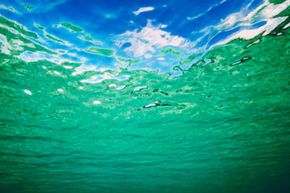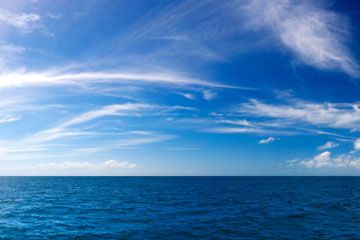It seems strange that water should be such a scarce resource when our planet is drenched in 326 million trillion gallons of the stuff. But it turns out that less than one-half of 1 percent of it is drinkable. Out of the rest, 98 percent is oceanic salt water and 1.5 percent remains locked up in icecaps and glaciers. The stark irony of Samuel Coleridge's immortal line "Water, water, everywhere / Nor any drop to drink" is manifest each year in coastal disasters around the world, like Hurricane Katrina, the 2004 Indonesian tsunami and the 2010 Haiti earthquake, as people within sight of entire oceans are threatened with dehydration.
Between droughts, natural disasters and the large-scale redistribution of moisture threatened by climate change, the need for new sources of potable water grows with each passing day. Each year, the global population swells by another 85 million people, but worldwide demand for freshwater increases at twice the rate of population growth, doubling every 20 years or so [sources: UNESCO-WWAP].
Advertisement
So why can't we convert seawater into drinking water? Actually, we can and we do. In fact, people have been making seawater drinkable at least as far back as the ancient Greeks. But when taken to the scale of cities, states and nations, purifying seawater has historically proven prohibitively expensive, especially when compared to tapping regional and local sources of freshwater. However, as advancing technology continues to drive costs down and freshwater continues to grow scarcer and more expensive, more cities are looking to seawater conversion as a way to meet this vital demand [source: Maloni].
Read on to find out how and where seawater is being converted into drinking water today, including how desalination is bolstering disaster relief in Haiti.
Advertisement

